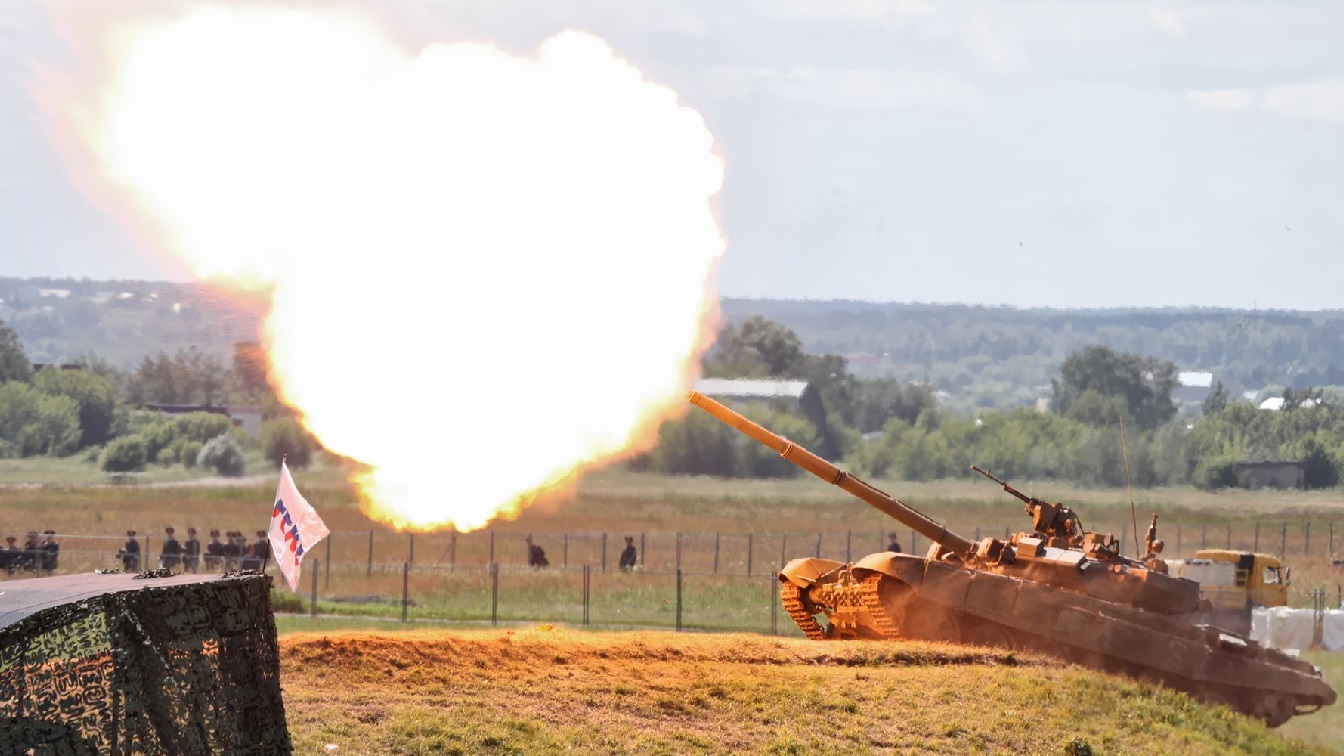The Russian military is updating its long-range fires tactics, using drones to guide ballistic and cruise missiles into Ukraine.
Russian Missiles Strikes
After several weeks of little action, the Russian military has restarted long-range strikes against Ukraine.
Moscow is trying to degrade the Ukrainian air defenses and take out logistical nodes.
However, the Ukrainian air defenses are holding up. The addition of Western weapon systems, such as the MIM-104 Patriot, IRIS-T, and National Advanced Surface-to-Air Missile System (NASAMS), have greatly improved the tracking and interception capabilities of the Ukrainian military.
To make their strikes more effective, the Russians have started integrating drones for reconnaissance. According to Western intelligence estimates, the Russian military is using cheap drones, such as the SuperCam unmanned aerial system, to overfly and verify targets.
“Russia has highly likely adopted this tactic in an attempt to obtain more timely battle damage assessment and improve its targeting cycle,” the British Military Intelligence assessed in its latest estimate of the war.
“The Russian military’s slow and inefficient targeting process has been a major weakness in its performance in Ukraine. However, slow surveillance UAVs are highly vulnerable to Ukrainian air defences,” the British Military Intelligence added.
Another tactic the Russians have been using to get more munitions in Ukraine is to establish alternate launching sites. Bryansk, about 100 miles north of Ukraine, is now a launch site for attacks around the Kyiv metropolitan area. But that wasn’t the case a few months ago.
Multiple launch sites allow the Russian military to disperse ITS forces and better defend against Ukrainian sabotage and long-range attacks.
Moreover, alternate launch sites offer different axes of attack and potentially short time in the air for the munition.
Shorter flight time means that the Ukrainian air defenses would have a harder job tracking and intercepting an incoming cruise missile or suicide drone.
However, despite the new tactics, the Russian military continues to suffer from munition shortages. The intensity of the war has depleted the stocks of the Russian military. In addition, Western sanctions have sapped the Russian defense and aerospace industry’s ability to make new munitions at the necessary pace to meet the demands of the war. As a result, the Russian military has been using old and wrong munitions to attack Ukrainian targets.
Russian Casualties in Ukraine
Meanwhile, on day 452 of the Russian invasion of Ukraine, the Ukrainian forces launched repeated counterattacks in the flanks of Bakhmut.
The Ukrainian forces are making gains to the north and south of the ruined town. Russia’s capture of Bakhmut is nothing more than a pyrrhic victory that cost more than 100,000 troops killed or wounded and thousands of heavy weapon systems.
Overall, the Ukrainian Ministry of Defense claimed that as of Monday, Ukrainian forces have killed and wounded approximately 203880 Russian troops.
Destroyed equipment includes: 309 fighter, attack, bomber, and transport jets, 294 attack and transport helicopters, 3,785 tanks, 3,278 artillery pieces, 7,407 armored personnel carriers and infantry fighting vehicles, 564 Multiple Launch Rocket Systems (MLRS), 18 boats and cutters, 6,129 vehicles and fuel tanks, 327 anti-aircraft batteries, 2,830 tactical unmanned aerial systems, 427 special equipment platforms, such as bridging vehicles, and four mobile Iskander ballistic missile systems, and 1,011 cruise missiles shot down by the Ukrainian air defenses.
MORE: Is Russia’s Su-57 Felon Stealth Fighter a Total Bust?
MORE: Merkova: Israel Has A Super Tank
A 19FortyFive Defense and National Security Columnist, Stavros Atlamazoglou is a seasoned defense journalist specializing in special operations, a Hellenic Army veteran (national service with the 575th Marine Battalion and Army HQ), and a Johns Hopkins University graduate. His work has been featured in Business Insider, Sandboxx, and SOFREP.

